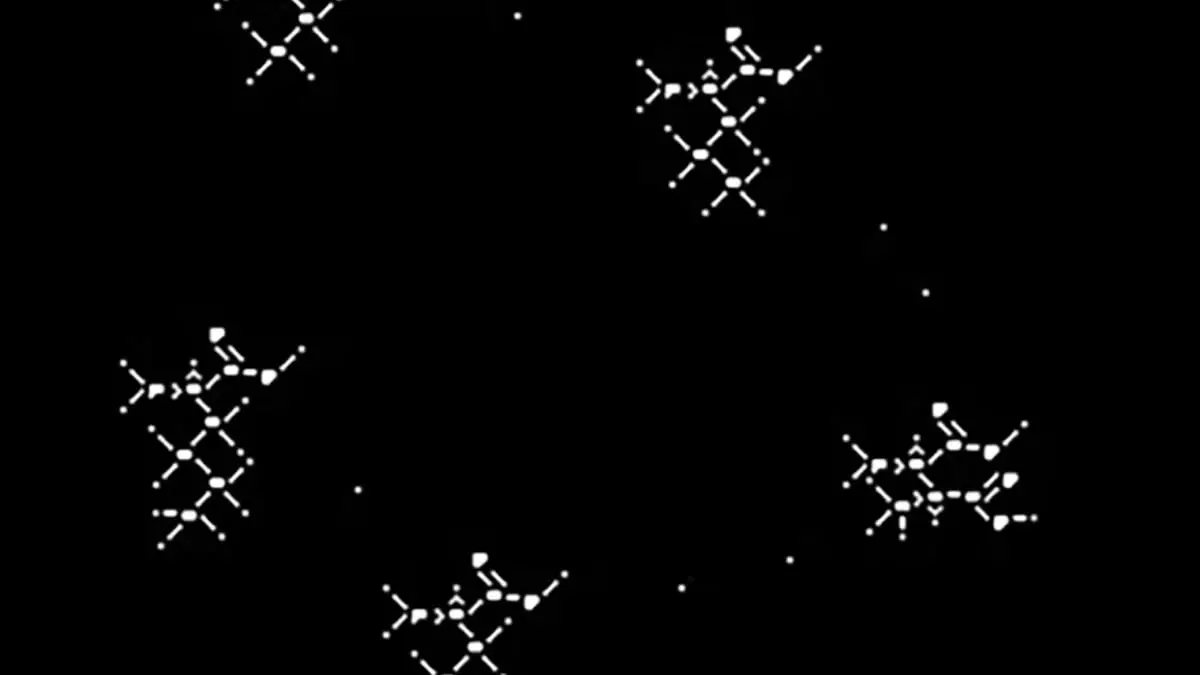In June 2023, the world witnessed an extraordinary event: a simulated extraterrestrial message, transmitted from Mars, was decoded after months of relentless effort by a father-daughter duo, Ken and Keli Chaffin. This project was a cornerstone of the “A Sign in Space” initiative established by the SETI Institute—a group dedicated to searching for signs of life beyond our planet. The complexity of the project aimed to explore the potential forms and implications of what an alien signal might encapsulate, stimulating dialogue between scientific communities and the public.
The signal, transmitted by the ExoMars Trace Gas Orbiter in May, was engineered to mimic a genuine signal from extraterrestrial beings. It was received by multiple observatories across the globe, including the Allen Telescope Array in California and the Medicina Radio Astronomical Station in Italy. This setup provided an engaging opportunity for citizen scientists to partake in an unconventional scientific pursuit. The raw data from the transmission was made publicly available, sparking enthusiasm and participation from individuals worldwide who sought to decipher its contents. Such inclusivity highlights the power of collaborative science, wherein diverse minds contribute unique perspectives toward common goals.
Decoding the mysterious transmission was no small feat. The Chaffins employed cellular automata algorithms to navigate through a ‘starmap’ represented by a canvas of white pixels. After navigating this complex digital landscape, they uncovered clusters that corresponded to amino acids, pivotal compounds instrumental in the makeup of life. This breakthrough was a testament to their dedication and technical skill, though they, like many others engaged in the project, were left with the same perplexing question: What does this message truly signify?
The project’s creative lead, Daniela de Paulis, emphasizes that while the discovery of amino acids has been validated by the project team, the implications and interpretations of these patterns are deliberately left open-ended. The intention behind the signal’s composition is not defined, allowing individuals to step into the shoes of scientists encountering an external transmission for the first time. This dynamic encourages imaginations to run wild as theorists deliberate—could these patterns indicate the existence of life elsewhere, or are they merely forms of greetings from an advanced civilization?
As the interest generated by this project continues to swell, de Paulis intends to document these various interpretations in a forthcoming book, illustrating the challenge of arriving at a universally accepted meaning. It is an acknowledgment of the human experience; understanding messages from the cosmos isn’t solely rooted in science but is an exploration of our inherent curiosity and need for connection with the unknown. Ken and Keli Chaffin may not fully grasp the intent behind their discovery, but they have ignited a conversation within the scientific community and beyond. Their involvement underscores the importance of engaging the public in the quest to unravel the mysteries of the universe. Whether as a means of signaling extraterrestrial intelligence or as a shared human experience, this simulated message is a reminder of our place in a cosmos that remains largely mysterious yet captivating.


Leave a Reply